SWALLOWING DIFFICULTIES:
EOSINOPHILIC OESOPHAGITIS?
SWALLOWING DIFFICULTIES:
EOSINOPHILIC OESOPHAGITIS?
SWALLOWING
DIFFICULTIES:
EOSINOPHILIC
OESOPHAGITIS?
What are the symptoms of eosinophilic oesophagitis?
The main symptom of EoE in adults is difficulty swallowing (dysphagia). You feel as if food is stuck in your throat. Pain when swallowing (odynophagia) can also occur. Other possible symptoms include discomfort in the chest and, less often, in the lower part of the throat or upper abdomen.
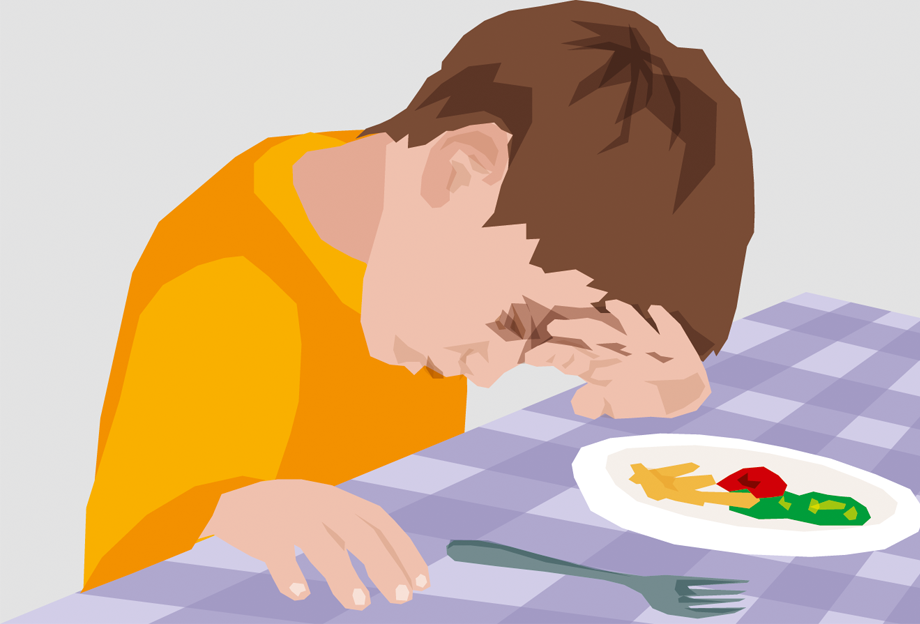

CHILDREN
Vomiting
Abdominal pain
Chest pain
Heartburn
Nausea
Cough
Reduced appetite
Dysphagia (difficulty swallowing)
Refusal to eat
Failure to thrive
Choking
Regurgitation
Sleep disorders
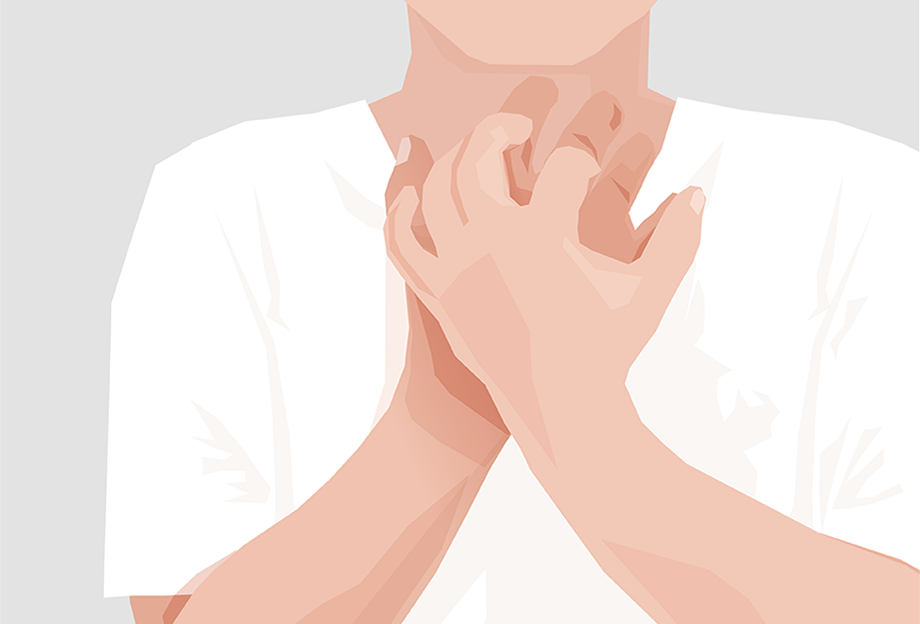

ADULTS
Dysphagia (difficulty swallowing)
Odynophagia (pain when swallowing)
Bolus obstruction
Chest pain
Heartburn
Regurgitation
In the worst-case scenario, EoE can lead to a piece of food actually becoming stuck and causing an obstruction of the oesophagus. This is known as food bolus impaction.
Sometimes the food can’t be coughed up or dislodged by drinking lots of water and it may need to be removed in an emergency department using an instrument called an endoscope.
Children with EoE experience a wider range of symptoms than adults, usually showing up as vomiting, reduced appetite and/or failure to thrive. This often makes an accurate diagnosis difficult and it can be delayed. In some cases, diagnosis may not be made for years after the symptoms first occur.
You should seek medical advice if you have experienced the symptoms described above for some time or have noticed these symptoms in a family member.
Some people with EoE, especially adolescents and adults, use coping or avoidance strategies. These include:
- Avoiding certain (usually solid) foods or not eating in public at all
- Eating very slowly
- Thoroughly chewing each bite and only taking small bites
- Pureeing food in a blender
- Excessive and frequent drinking of water with meals to make swallowing easier
Many people have used these coping strategies for a long time without having been diagnosed with EoE. Although these avoidance strategies can impact on quality of life, many people are unaware that they have a condition of the oesophagus.
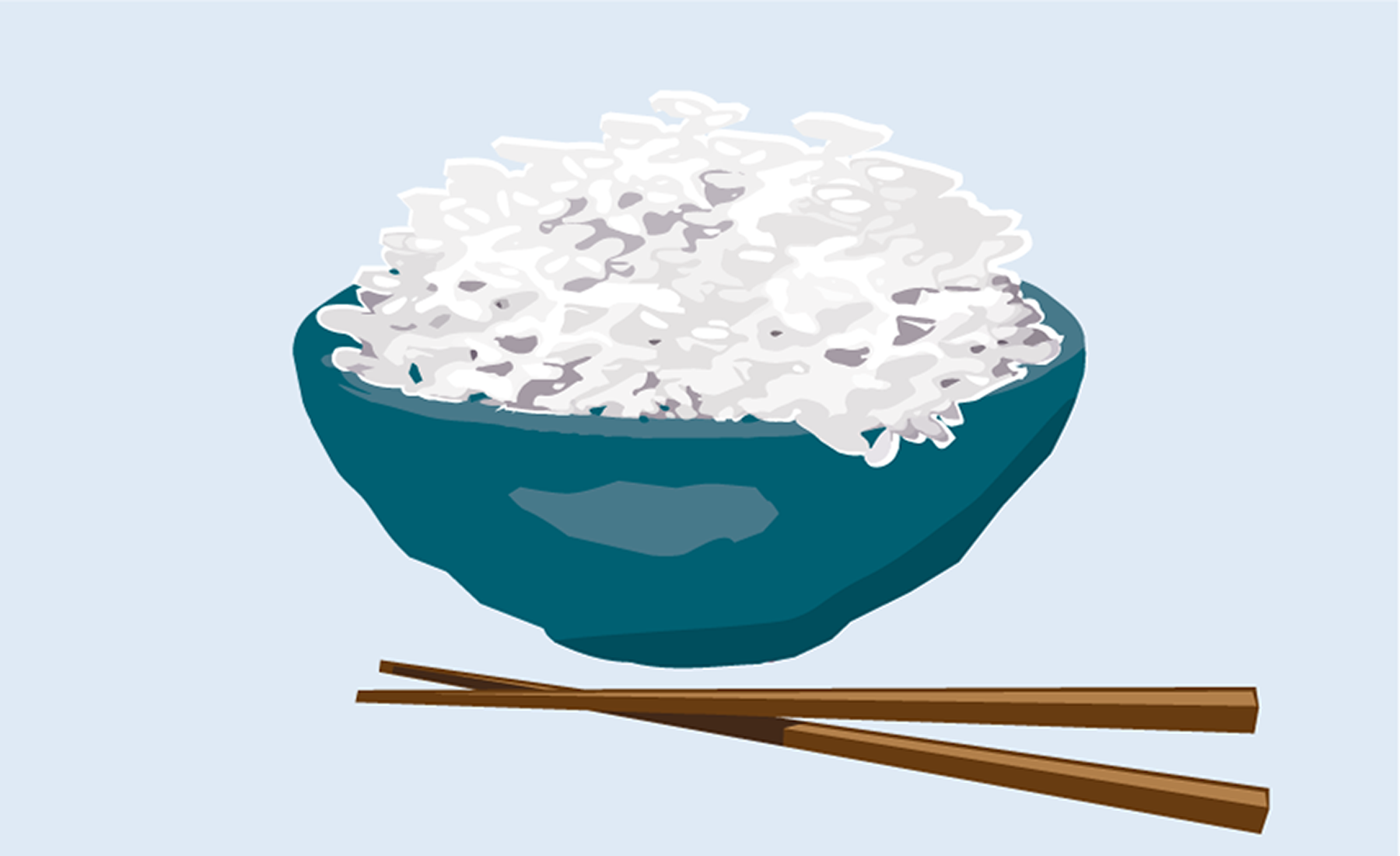

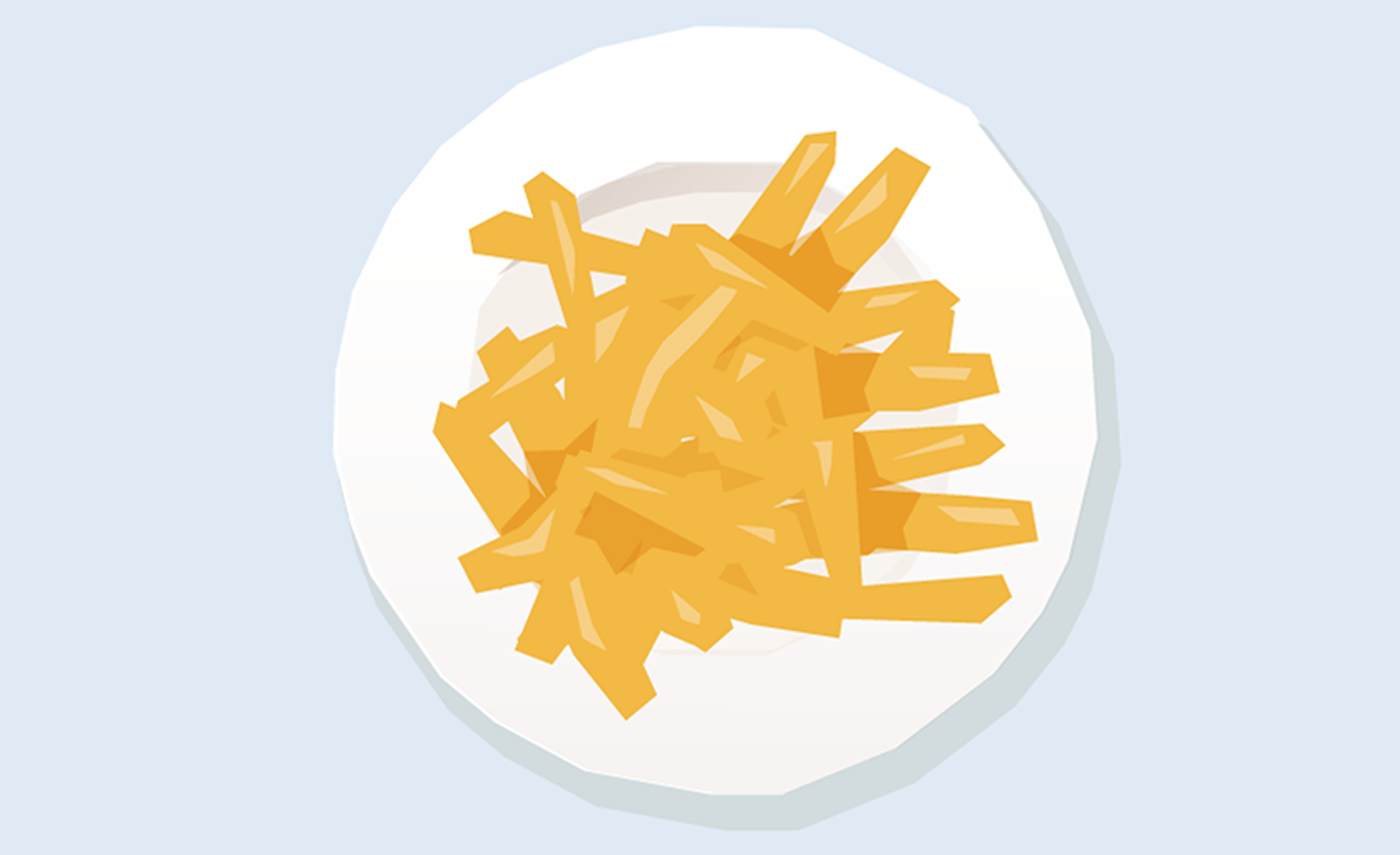

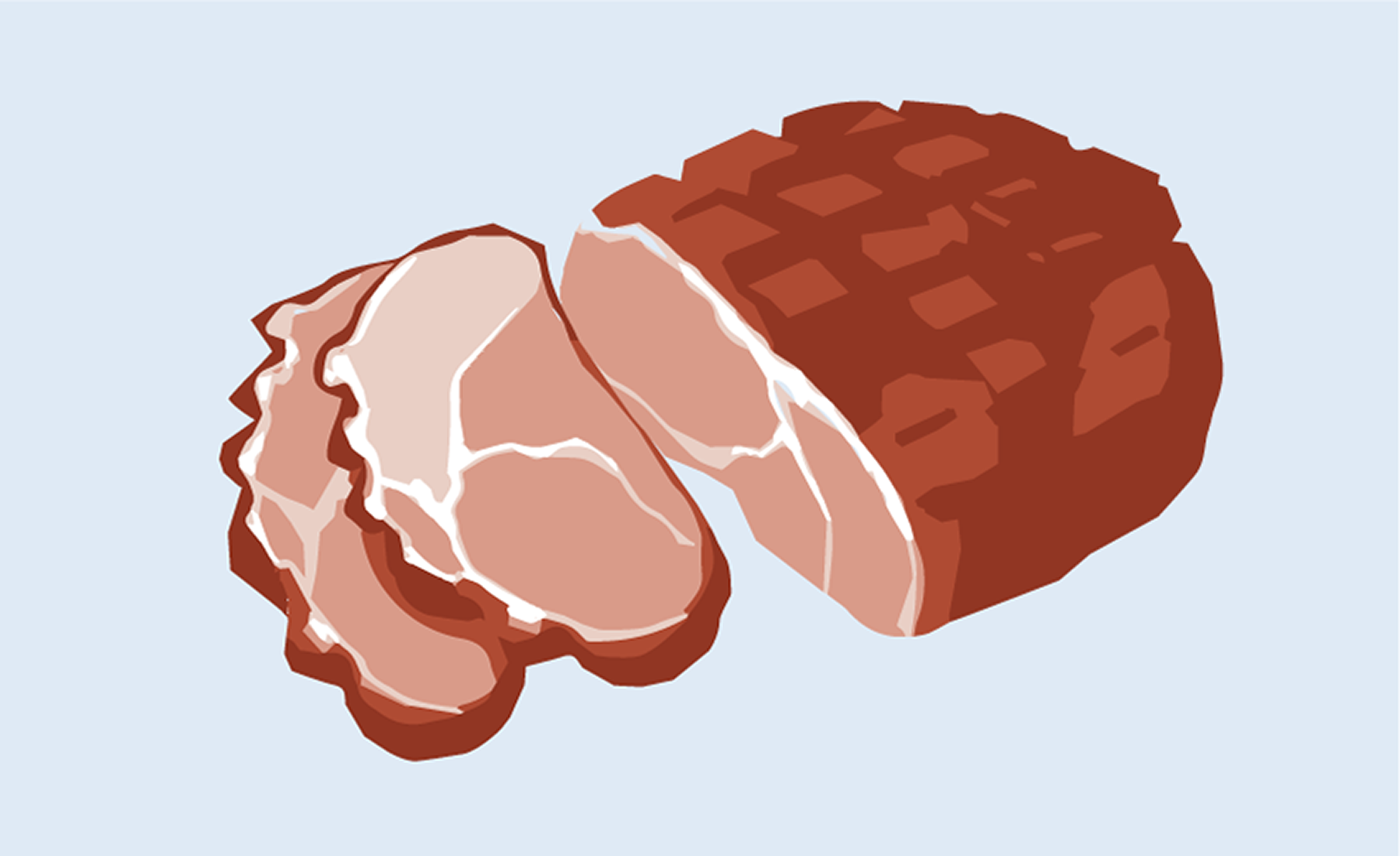

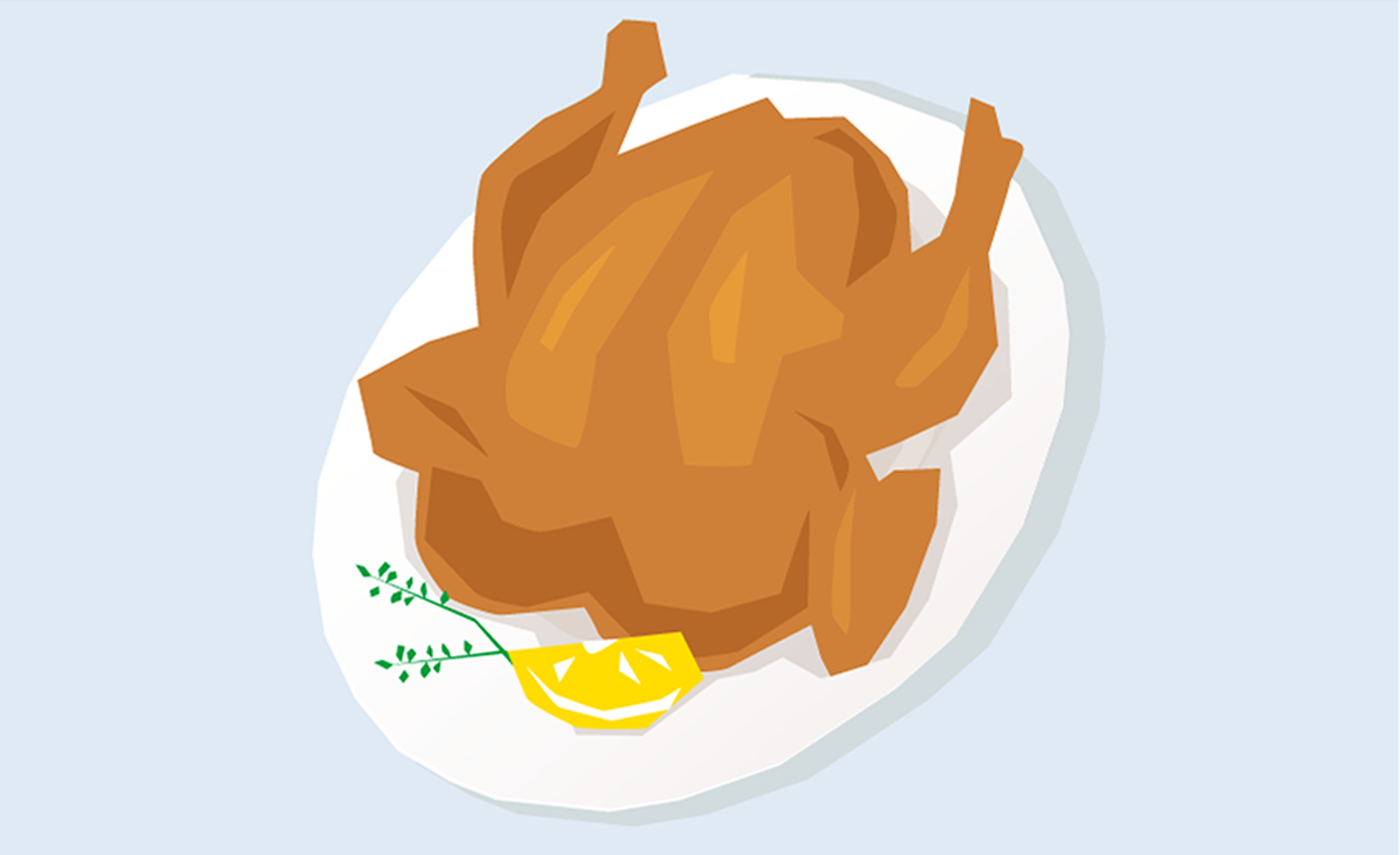

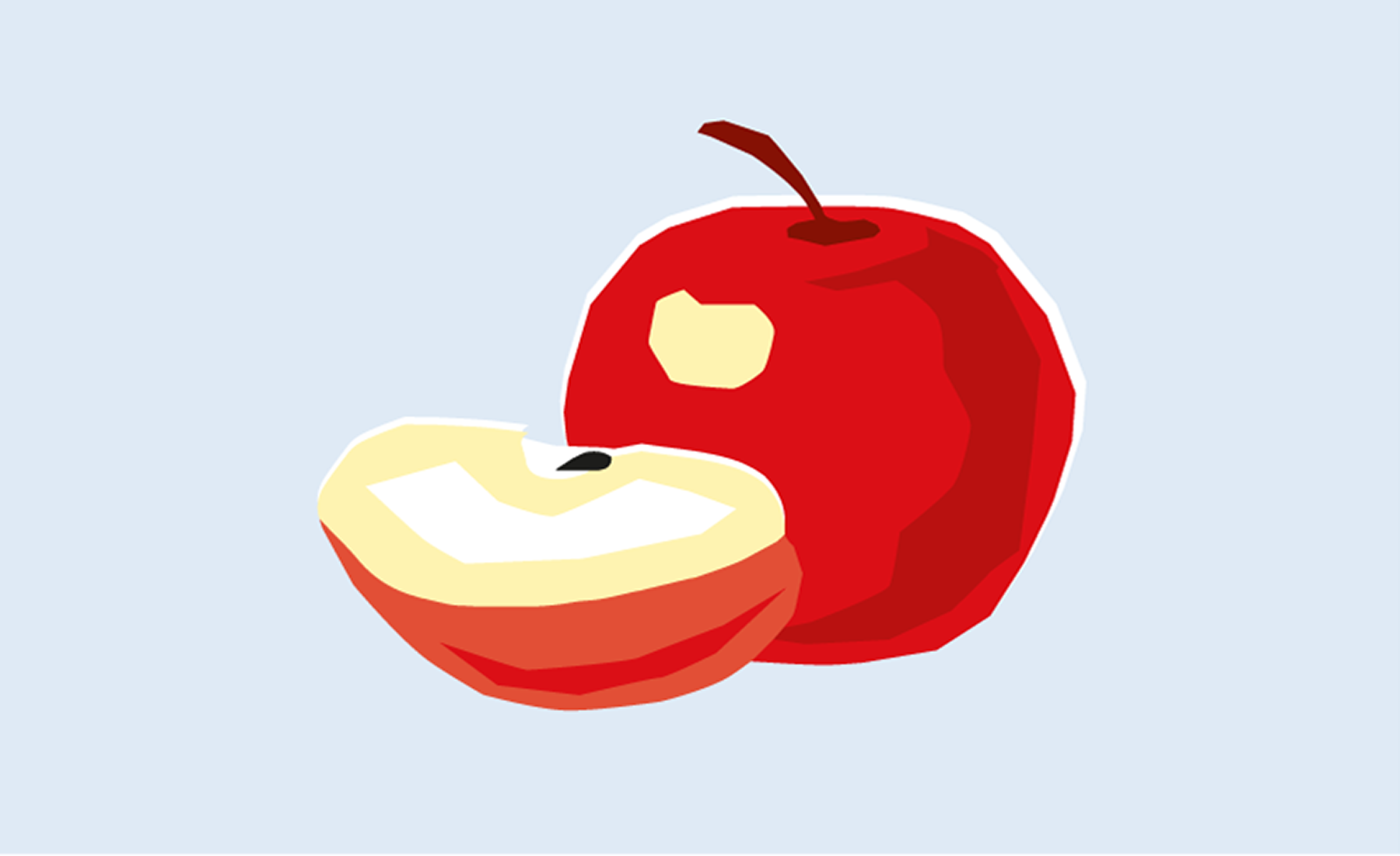

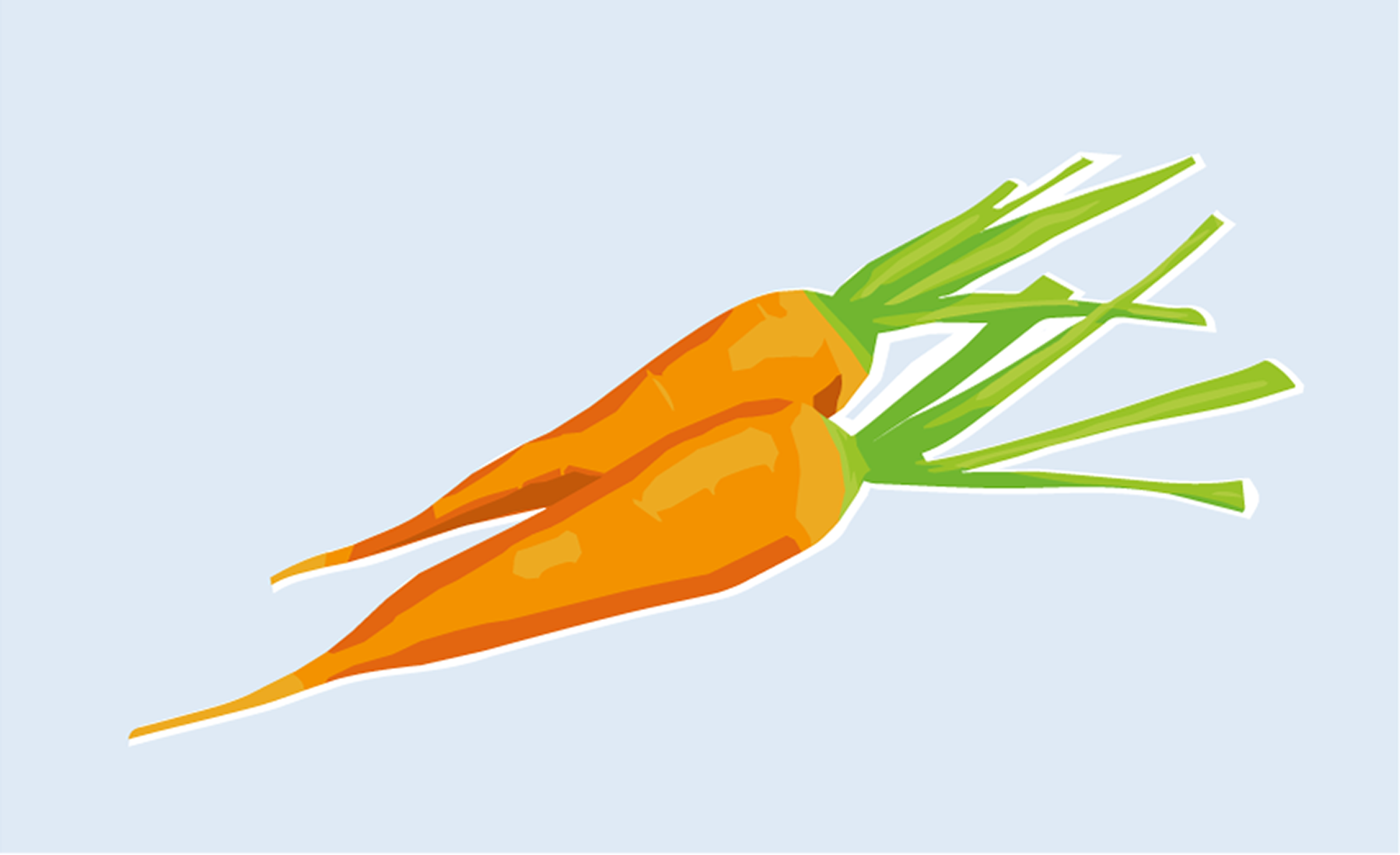

Typical foods that may cause difficulty swallowing include cooked but dry rice, meat, raw fruit and vegetables (such as apples and carrots) and chips/French fries. This is because these foods are quite solid, not because they trigger an acute allergic reaction.
EoE can have a significant impact on the quality of life of people and their families. That said, any improvement in symptoms as a result of treatment can bring about measurable improvements in everyday living.
